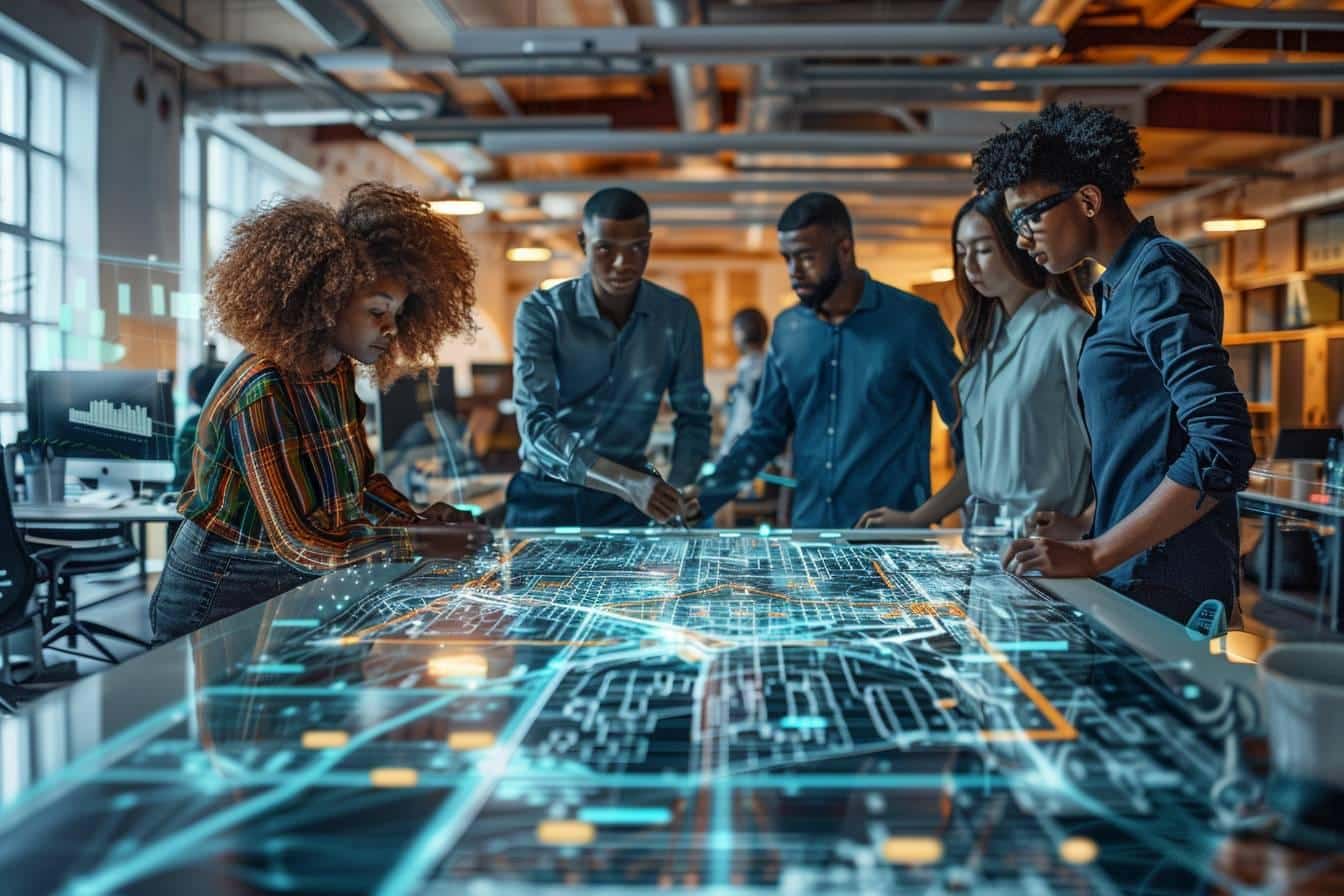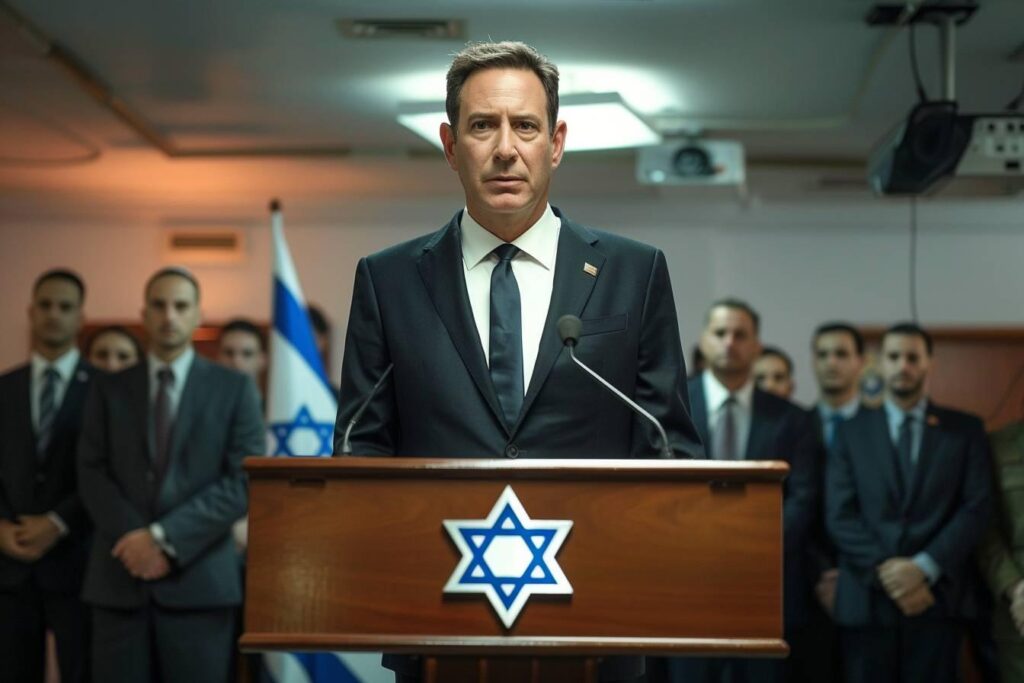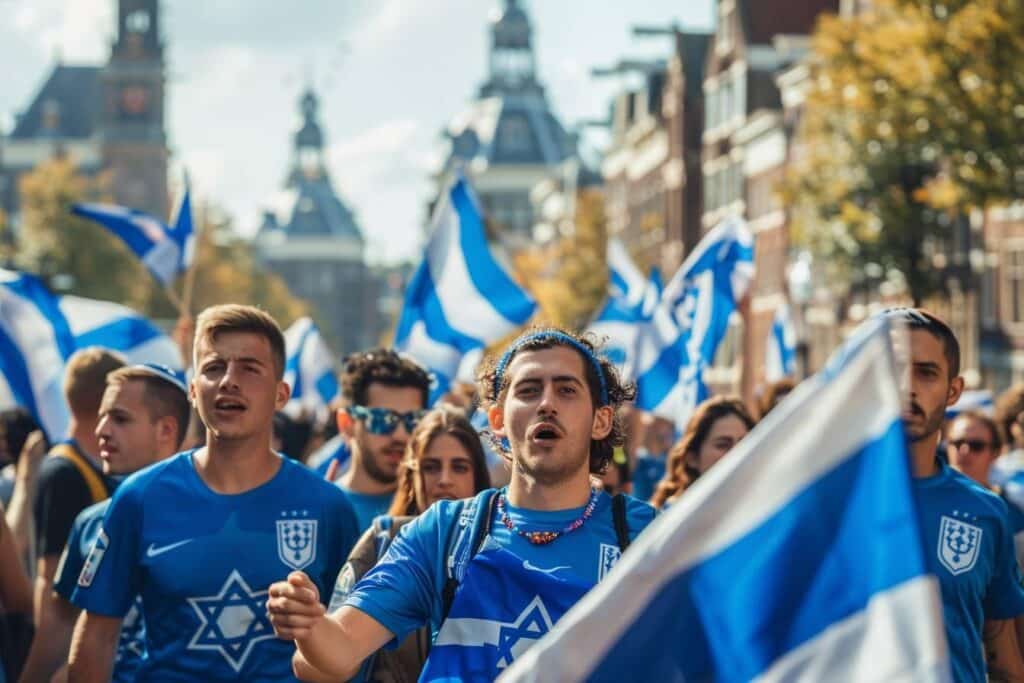The process of reconstructing southern Israel is underway after devastating attacks left the region in ruins. An assembly of stakeholders, community leaders, and planners is beginning to formulate strategies for rebuilding not just homes and infrastructure but also the social fabric that once defined these close-knit communities.
Identifying immediate needs
As efforts begin to take shape, urgent needs are at the forefront of discussions. These include:
- Providing temporary housing solutions for displaced residents
- Ensuring access to basic amenities such as water, electricity, and internet
- Restoring essential public services including healthcare and education
Housing and shelter
One of the primary concerns is finding immediate shelter options for those rendered homeless by the attacks. Local authorities are working with international aid organizations to set up temporary housing facilities. Schools and community centers are being repurposed to serve as interim shelters while more permanent solutions are developed.
Reestablishing utilities
Another critical need is the restoration of utilities. Engineers and technicians are being deployed to survey the damage and initiate repairs on essential systems like electricity grids and water supply lines. Ensuring these utilities are operational is fundamental to stabilizing daily life and supporting ongoing reconstruction efforts.
Long-term community rebuilding
Community engagement
Building back an entire region requires more than physical reconstruction; it demands robust community involvement. Town hall meetings and planning forums are being organized to gather input from residents on their needs and aspirations for the future. Planners emphasize that local voices must guide reconstruction priorities to recreate the communal bonds and vibrancy that once characterized the area.
Psychological support
An often-overlooked aspect of rehabilitation is psychological support. Trauma counseling and mental health services are being prioritized to help residents cope with loss and start the healing process. Community wellness programs are also being established to foster resilience and mutual support among affected populations.
Economic revitalization
Reviving agriculture
Much of southern Israel’s economy is agricultural. Efforts to revive this sector include offering financial subsidies to farmers and implementing new, resilient agricultural practices. Collaboration with agricultural experts aims to introduce innovative farming techniques that can withstand potential future disruptions.
Business support initiatives
Small businesses form the backbone of any vibrant community. Recovery plans include targeted assistance to local entrepreneurs through grants, low-interest loans, and mentorship programs. Business incubators are being set up to support new ventures that could drive economic growth and stability in the long run. Additionally, government and private sector partnerships aim to revitalize local markets and create job opportunities for residents.
Infrastructure and technological development

Smart city technologies
A key part of the reconstruction plan focuses on integrating smart city technologies to build a more resilient infrastructure. This includes enhanced security systems, efficient waste management, and intelligent traffic control. Such innovations aim to ensure that reconstructed towns are better prepared for any future challenges.
Education and training
To support these advancements, educational institutions are refocusing curricula around technology and innovation. Training programs aimed at equipping residents with relevant skills for jobs in emerging industries are being rolled out. Partnerships with tech companies and educational hubs are pivotal in creating new employment opportunities. Investment in vocational training centers is also being emphasized to ensure the local workforce is well-prepared for future demands.
Environmental considerations
Sustainable building practices
With sustainability in mind, reconstruction efforts are incorporating eco-friendly building materials and energy-efficient designs. Solar panels, green rooftops, and natural ventilation systems are becoming standard features of new constructions. The aim is to reduce the carbon footprint and build greener neighborhoods.
Natural conservation
Attention is also being paid to preserving natural landscapes that define the region. Initiatives to restore damaged ecosystems, protect wildlife habitats, and promote biodiversity are being integrated into broader environmental plans. Community-based environmental education programs are being introduced to foster a culture of sustainability. Efforts to combat soil erosion and reforestation projects are also being initiated to enhance regional ecological balance.
Cultural and social revival
Art and heritage projects
Preserving cultural identity is integral to the rebuilding process. Art, music, and heritage projects are being promoted to revive the rich cultural tapestry of the region. Public art installations, festivals, and cultural workshops aim to reconnect residents with their heritage and each other.
Rebuilding public spaces
Public spaces such as parks, sports facilities, and community halls play a crucial role in fostering social interaction. Their reconstruction is a priority. Design proposals focus on making these spaces accessible, safe, and engaging for all age groups, ensuring they become focal points for community gatherings. Plans also include the creation of multi-functional public areas to support a wide range of cultural and recreational activities, enhancing the quality of life for all residents.



